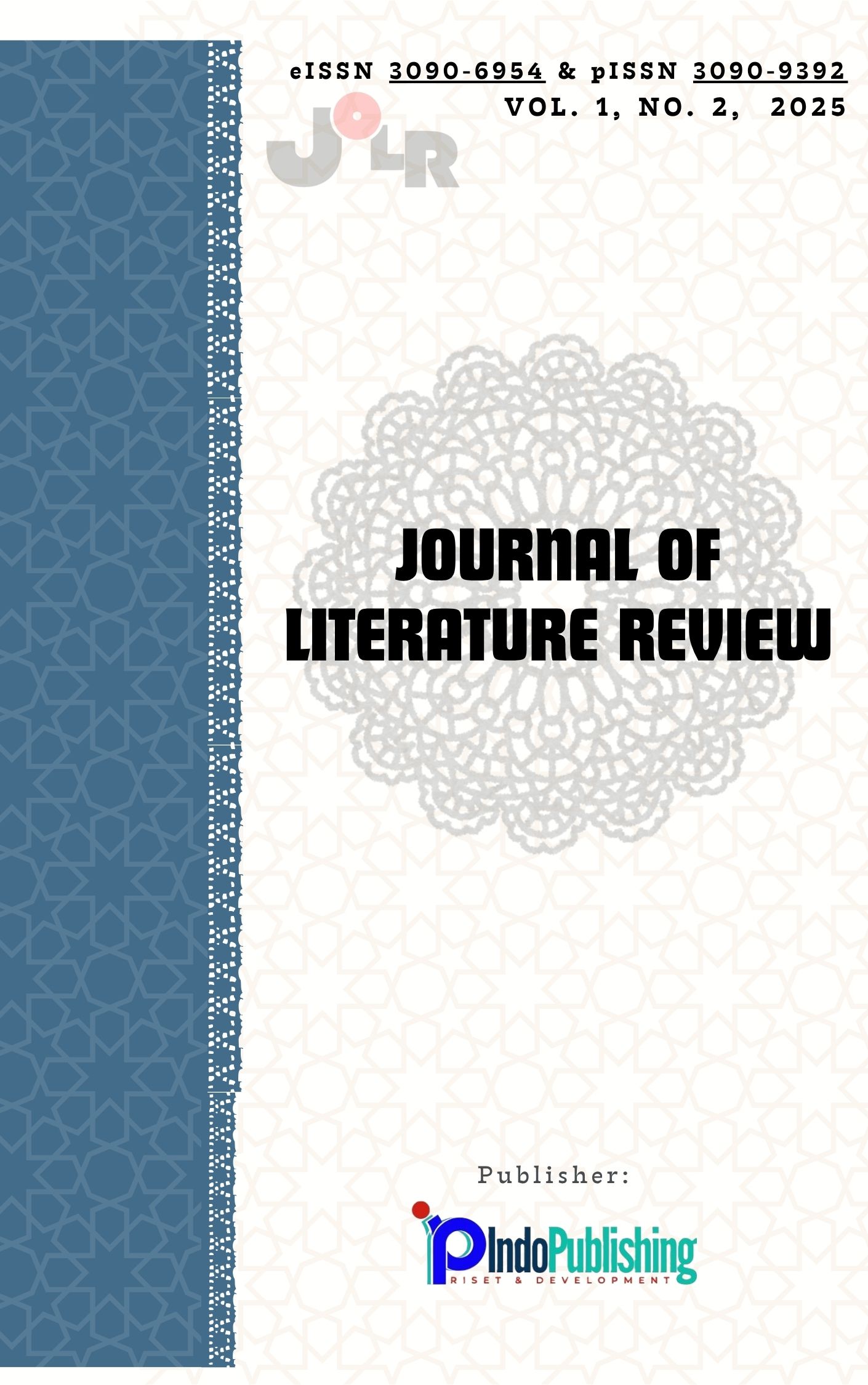The Psychoanalysis in The Hunger Games: The Ballad of Songbirds and Snakes
DOI:
https://doi.org/10.63822/6q9c0p39Keywords:
freud, psychoanalysis, the hunger gamesAbstract
This research explores the id, ego, and superego of the main character of the movie The Hunger Games: The Ballad of Songbirds & Snakes. The aim of this research is to explain about the id, ego, and superego of the main character’s acts. The researcher applies a qualitative study method, Freud's psychoanalysis approach, and Ekman's basic emotions to identify the main character’s id, ego, and superego. The researchers analyzed 11 data from the movie. There are 3 data for id, 5 for ego, and 3 for superego. Based on the research, the main character’s id is clearly a fight between his ambitions and moral uncertainty. The ego is revealed when the main character prioritizes his desires over the well-being of others. The superego manifests when he could keep the capitol’s authorities running smoothly and orderly. The researcher suggests that the readers could understand about their personal goals and how they connect with their beliefs through this research.
Downloads
References
Ahyar, J. (2019). Apa Itu sastra. Yogyakarta: Budi Utama Publication. Media Pembelajaran (hal. 45). Jakarta: PT Raja Grafindo Persada.
Arp, T. R., & Johnson, G. R. (2006). Perrine's literature: Structure, sound, and sense (9th ed.). Thomson Wadsworth.
Azab, Mahmoud, et al. "Representing movie characters in dialogues."
Proceedings of the 23rd Conference on Computational Natural Language Learning (CoNLL). 2019.
Blazer, A. E. (2009). Psychoanalysis and Psychoanalytic Literary Criticism. Retrieved from http://www.faculty.de.gcsu.edu/~ablazer/
Barnet, Sylvan., Burto, William, Cain, William E. (2006). A Literature: Reading, Writing, Argument. London: Pearson Longman.
Coles, W. (2010). Essay—character in literary fictional story.
Collins, S. (2020). The Ballad of Songbirds and Snakes. London: Scholastic Inc.
Fananie, Zainuddin. 2007. Telaah Sastra. Surakarta: Muhammadiyah University Press
Feist, G., & Feist, J. (2008). Theories of personality (7th ed.). McGraw-Hill Companies, Inc.
Hawthorn, J. (2001). Studying the novel (4th ed.). USA: Oxford
Izard C. E. (2007). Basic emotions, natural kinds, emotion schemas, and a new paradigm. Perspect. Psychol. Sci. 2 260–280. 10.1111/j.1745-6916.2007.00044.x [DOI] [PubMed] [Google Scholar]
Jack, R., Garrod, O., and Schyns, P. (2014). Dynamic facial expressions of emotion transmit an evolving hierarchy of signals over time. Curr. Biol. 24, 187–192. doi: 10.1016/j.cub.2013.11.064 [DOI] [PubMed] [Google Scholar]
Kennedy, X. J., & Gioia, D. (2005). Literature: An Introduction to Fiction, Poetry, and Drama. Pearson Longman.
Mackey, A., & Gass, S. (2021). Second Language Research: Methodology and Design.
Mansourian, S., Corcoran, J., Enjin, A., Lofstedt, C., Dacke, M., and Stensmyr, M. (2016). Fecal-derived phenol induces egg-laying aversion in drosophila. Curr. Biol. 26, 2762–2769.doi: 10.1016/j.cub.2016.07.065
Minderop, Albertine. 2018. PsikologiSastra: Karya Sastra, Metode, Teori, dan Contoh Kasus. Jakarta: Yayasan Pustaka Obor Indonesia
Nurgiyantoro, Burhan. (2013). Sastra Anak Pengantar Pemahaman Dunia Anak. Yoyakarta : Gadjah Mada University Press.
Santosa, R. (2014). Metode Penelitian Kualitatif Kebahasaan [Qualitative Research Methods in Language] (A Draft Book). Surakarta: Fakultas Sastra dan Seni Rupa UNS.
Schultz, D. P., & Schultz, S. E. (2013). Theories of Personality (10th ed.). Wadsworth, Cengage Learning.
Wilson-Mendenhall, C. D., Barrett, L. F., and Barsalou, L. W. (2013). Neural evidence that human emotions share core affective properties. Psychol. Sci. 24, 947–956. doi: 10.1177/0956797612464242
Wiyatmi, 2011. Psikologi Sastra (Teori dan Aplikasinya). Kanwa Publisher
Downloads
Published
Issue
Section
License
Copyright (c) 2025 Elsye Stanicia Wijaya, Wahyu Budi (Author)

This work is licensed under a Creative Commons Attribution-NonCommercial-ShareAlike 4.0 International License.



